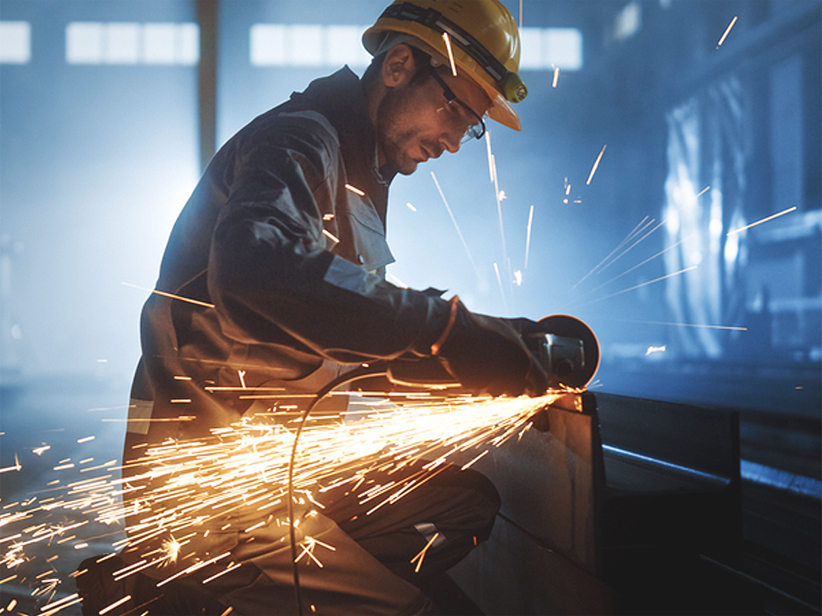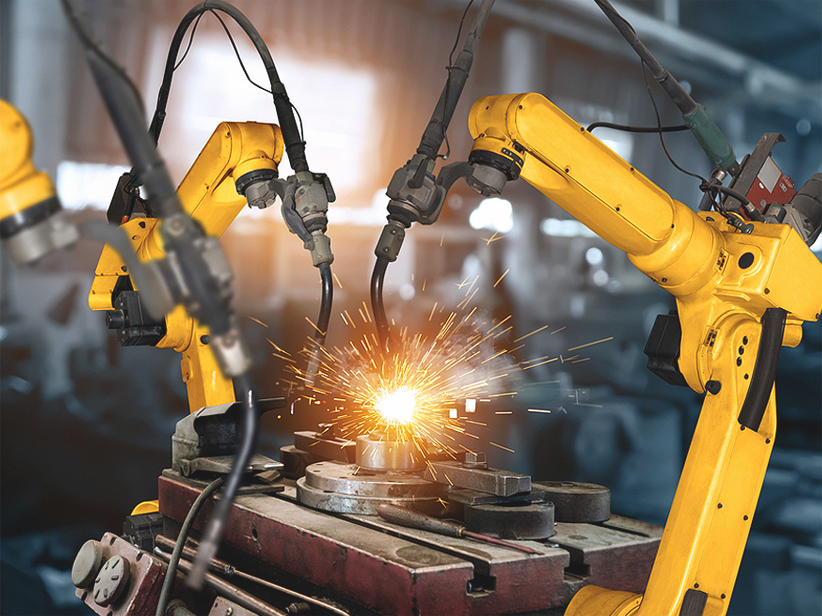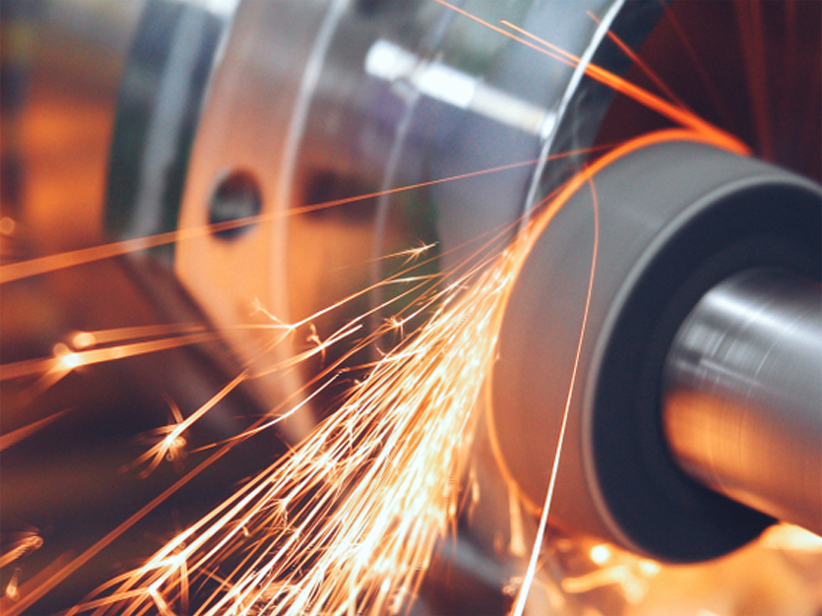Why Stainless Steel and Special Steel Are the Ideal Choice for Valve Stems
In industrial applications, the choice of materials for valve components is crucial. Stainless steel and special steel alloys are preferred for valve stems due to their remarkable properties, including corrosion resistance, mechanical strength, and durability. This blog will explore the definitions, features, types, and mechanical and chemical properties of various stainless steel and special steel grades used in valve manufacturing.
The Role of a Valve Stem
A valve stem is a critical component responsible for controlling the movement of the valve’s closure element, such as a disc, gate, or ball. It opens, closes, or modulates the flow of fluids—whether liquids, gases, or slurries—through the valve. The stem connects the actuator (manual, pneumatic, electric, or hydraulic) or handwheel to the valve mechanism that controls the flow.
Features of Stainless Steel and Special Steel
Corrosion Resistance:
Stainless steel resists rust and corrosion, making it suitable for harsh environments.High Strength:
Many stainless steel grades offer superior mechanical strength, allowing them to withstand high pressures and temperatures.Durability:
Stainless steel components are designed for longevity, reducing the need for frequent replacements.Versatility:
The wide range of stainless steel grades allows for customization based on specific application requirements.Hygienic Properties:
Stainless steel is non-reactive, making it ideal for applications in food processing and pharmaceuticals.
Common Stainless Steel and Special Steel Grades for Valve Stems
Here are some commonly used stainless steel and special steel grades for valve stems:
1. Stainless Steel 316
- Composition: 16% chromium, 10% nickel, 2% molybdenum
- Features: Excellent corrosion resistance, especially against chlorides; commonly used in marine environments and chemical processing.
2. Stainless Steel 17-4PH
- Composition: 15-17.5% chromium, 3-5% nickel, 3-5% copper.
- Features: High strength and hardness; ideal for high-stress applications such as oil and gas.
3. Stainless Steel 410QDT
- Composition: 11.5-13.5% chromium.
- Features: Good wear resistance and moderate corrosion resistance; suitable for moderately corrosive environments.
4. Nitronic 50 Stainless Steel (XM19)
- Composition: 16% chromium, 8% nickel, 2% manganese.
- Features: Exceptional resistance to galling and wear; ideal for high-friction applications.
5. Duplex 2205 (S31803/S32205)
- Composition: 22% chromium, 5% nickel, 3% molybdenum.
- Features: High strength and excellent corrosion resistance; suitable for offshore and seawater applications.
6. Duplex 2507 (S32750)
- Composition: 25% chromium, 7% nickel, 4% molybdenum.
- Features: Superior strength and corrosion resistance; ideal for extreme environments.
7. Alloy 20
- Composition: Nickel-chromium-molybdenum with copper.
- Features: Excellent resistance to sulfuric acid; commonly used in chemical processing.
8. Nickel Alloy C276
- Composition: Nickel, molybdenum, and chromium.
- Features: Highly resistant to pitting and crevice corrosion; suitable for chemical processing and petrochemical applications.
9. Nickel Alloy 400
- Composition: Nickel-copper alloy.
- Features: Good resistance to seawater and steam; ideal for marine applications.
10. Nickel Alloy K500
- Composition: Nickel-copper alloy with titanium.
- Features: High strength and corrosion resistance; suitable for oil and gas applications.
11. Nickel Alloy 625
- Composition: Nickel-chromium-molybdenum.
- Features: Excellent resistance to pitting and crevice corrosion; used in harsh environments.
12. Nickel Alloy 718
- Composition: Nickel-chromium alloy with molybdenum and iron.
- Features: High strength and oxidation resistance; ideal for aerospace and oil and gas applications.
Mechanical and Chemical Properties of Stainless Steel and Special Steel
Mechanical Properties
- Tensile Strength: Indicates the maximum stress a material can withstand while being stretched or pulled.
- Yield Strength: The stress at which a material begins to deform plastically.
- Elongation: Measures how much a material can stretch before breaking, expressed as a percentage.
Chemical Properties
- Corrosion Resistance: The ability of a material to withstand degradation due to chemical reactions, particularly in corrosive environments.
- Hardness: Resistance to deformation and wear, often measured on the Rockwell or Brinell scale.
Why Choose Stainless Steel and Special Steel for Valve Stems?
Enhanced Durability:
The mechanical properties of stainless steel and special steel ensure that valve stems can endure high pressures and temperatures without failure.Corrosion Resistance:
The ability to resist rust and corrosion is critical in applications involving aggressive chemicals or extreme environments.Cost-Effectiveness:
While the initial cost may be higher, the longevity and reduced maintenance needs of stainless steel components lead to lower overall costs.Versatility:
The wide range of available grades allows for tailored solutions to meet specific operational requirements.Safety and Reliability:
Using high-quality materials in valve manufacturing enhances the safety and reliability of industrial operations.
Stainless steel and special steel valve bars for stems are essential components in various industrial applications. Selecting the appropriate grade based on mechanical and chemical properties ensures optimal performance and longevity. With their exceptional resistance to corrosion, high strength, and durability, these materials continue to be the preferred choice for valve manufacturing across multiple industries, from chemical processing to oil and gas. As technology advances, the development of new steel grades will further enhance the capabilities of valve components, ensuring they meet the demands of modern applications.







